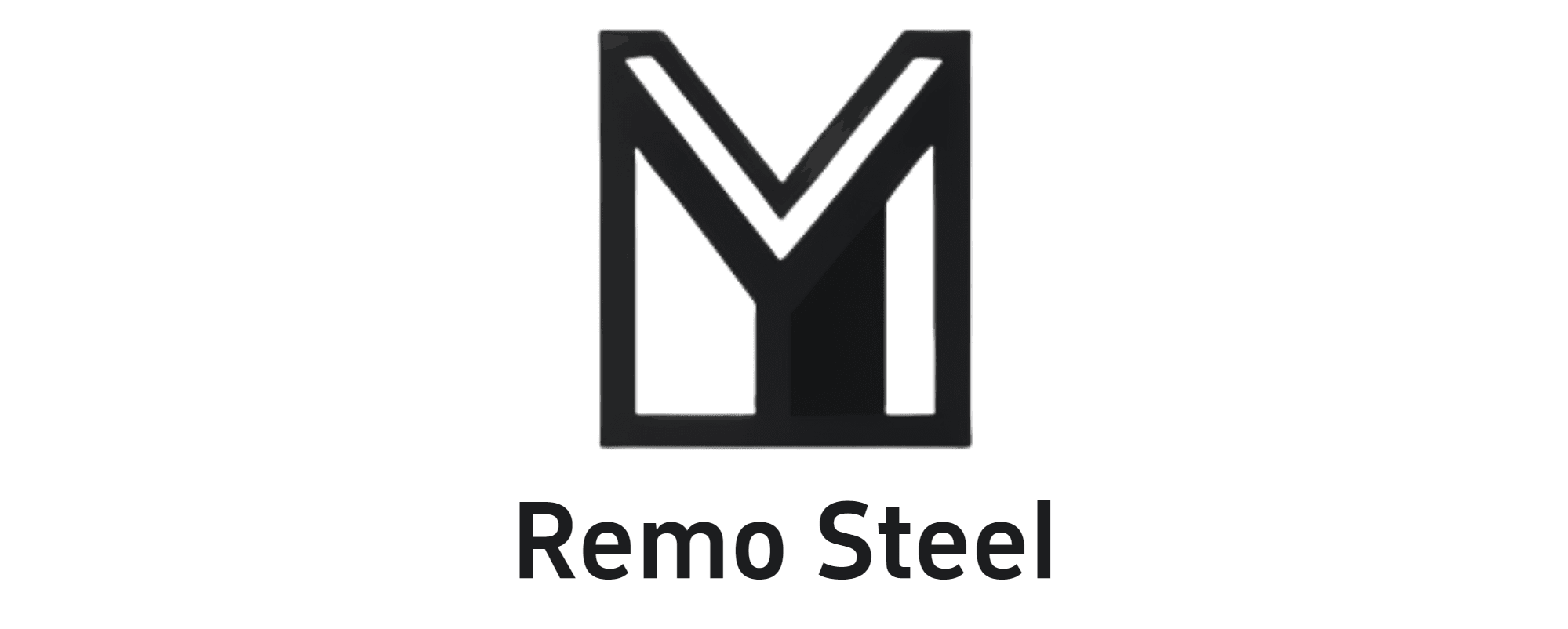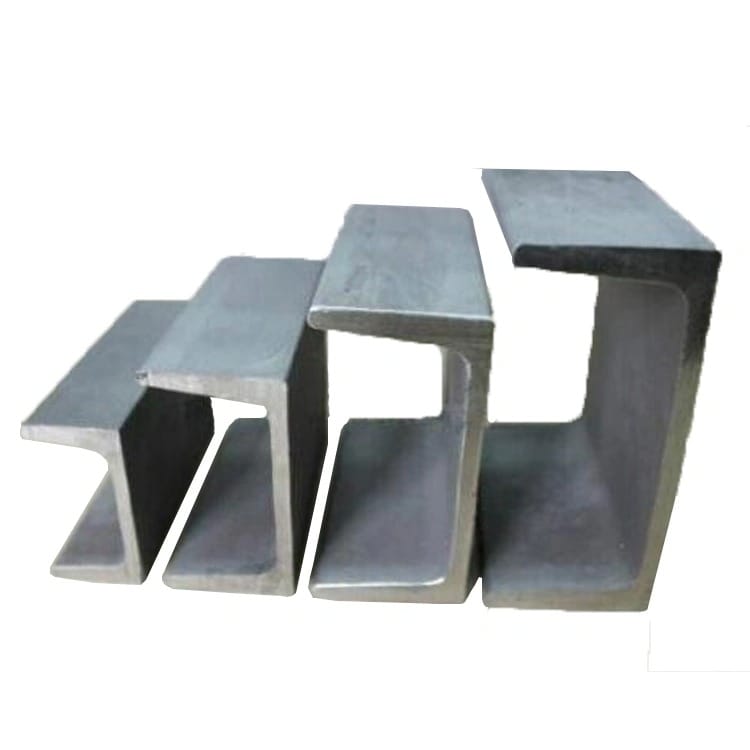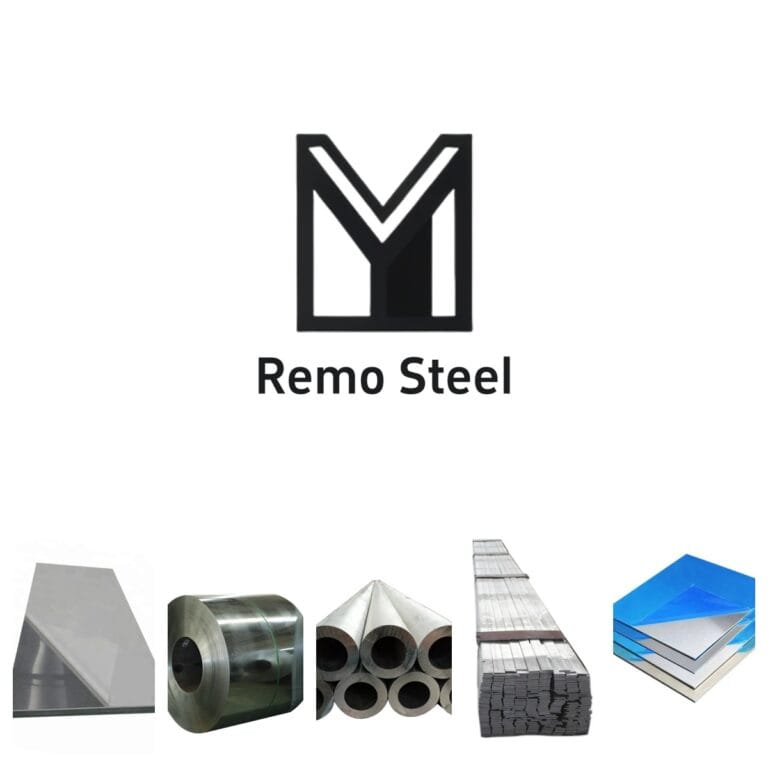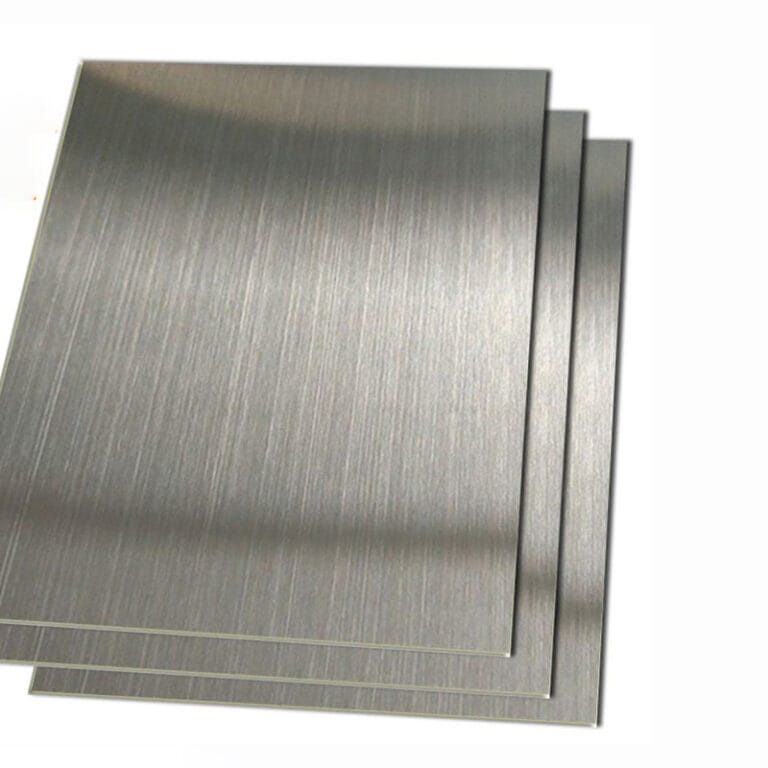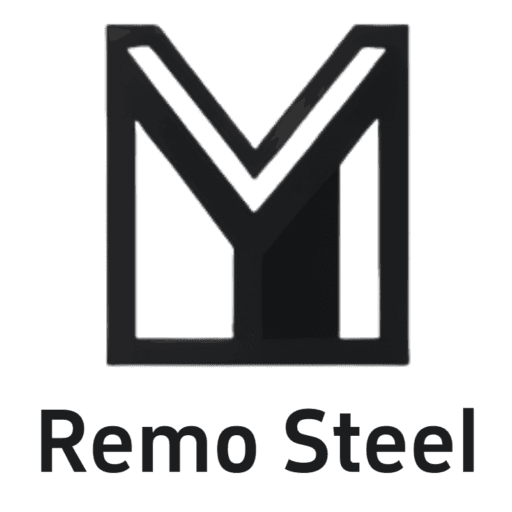China’s construction steel market moves forward amid shocks
Since April, under the influence of international tariff disputes, the overall trend of the domestic construction steel market has been complex and changeable. Although the fundamentals have continued the continuous improvement pattern in March, the spot market has fluctuated and operated weakly under the influence of various factors. Against this background, how will the price of construction steel perform in May? What are the main factors affecting the price trend of construction steel at present?
First, policy expectations have warmed up and market sentiment has stabilized. Since March, the central bank has publicly mentioned “selecting opportunities to reduce the reserve requirement ratio and interest rates” many times. In mid-April, the central bank released a series of financial data. The unexpected increase in new credit and social financing scale showed that there have been positive changes in the demand side of funds. Combined with the current internal and external environment, the domestic real estate market and price trends, some people believe that in the second quarter, the time will be ripe for selecting opportunities to reduce the reserve requirement ratio and interest rates, and the possibility of early implementation cannot be ruled out.
Secondly, the fundamentals have improved, but it is difficult to drive price increases. Judging from the data in recent weeks, on the supply side, the average weekly output of rebar in the past six weeks has remained at around 2.25 million tons, which is at a relatively high level since the beginning of this year. However, due to shrinking profits, some steel companies have slowed down their production pace, and the market supply and demand pattern has tended to be balanced. In addition, short-process steel companies have had meager profits recently and their willingness to reduce production has increased. It is expected that steel production will slowly decline in the later period.
In terms of demand, although there has been no significant growth in demand in recent weeks, with the gradual launch of some infrastructure projects and the partial recovery of the real estate market, the demand for construction steel has shown a steady upward trend, and the apparent consumption level has remained high. Taking rebar as an example, in mid-April, the apparent consumption of rebar rebounded sharply to 2.738 million tons per week. Overall, the fundamentals of the current construction steel market are in a tight balance.
Secondly, steel inventories continue to decline, and sales pressure is not great. As of April 22, the total social inventory of construction steel nationwide reached 6.57 million tons, a weekly decrease of 510,000 tons, and the sixth consecutive week of decline and the decline has widened. Among them, the total social inventory of rebar reached 5.32 million tons, a weekly decrease of about 300,000 tons. The reason is that, on the one hand, in recent years, with the overall decline in demand, steel companies have moved inventory forward to reduce the financial pressure of traders, speed up capital turnover, reduce the risk of hoarding, and promote a significant decline in social inventory; on the other hand, affected by the current narrowing price gap between the north and the south, the cross-regional liquidity of resources has been significantly weakened. Taking the South China market as an example, most of the resources in the South China market are currently directly shipped by steel companies, and the storage function of warehouses has weakened.
In addition, due to the weakening of winter storage game sentiment and the reduction of merchants’ stocking, the steel inventory and inventory increment during the Spring Festival in recent years have shown a year-on-year downward trend. In addition, there is a shortage of rebar specifications in some regional markets. Therefore, from the perspective of inventory, the current market sales pressure is not great, which has strong support for steel prices.
Finally, the price of raw materials has stopped falling and stabilized, and the cost is supported. Recently, the price of steel raw materials has remained stable, and the price fluctuations of iron ore, coke, etc. are relatively small. At the same time, the daily output of molten iron has exceeded 2.4 million tons, setting a new high since the beginning of this year. The recovery of iron ore demand in the short term will be beneficial to iron ore prices, thereby supporting the steel cost platform.
The May Day holiday is approaching, and merchants are still cautious about the market. They have not started large-scale stocking purchases, and are more likely to replenish stocks based on actual orders. However, the policy is still expected to be favorable, and the market still has expectations for future policy stimulus demand recovery. It cannot be ignored that the recent rapid decline in the US dollar index indicates that the fundamentals of the US economy are expected to deteriorate and policy pressure is increasing. During this period, the frequent changes in the US tariff policy have brought a huge impact on the global commodity market. In addition, the US economy faces the risk of increasing inflation and slowing economic growth, which will further affect the global capital market, including my country’s steel market.
On the whole, at present, the fundamentals of my country’s construction steel market are relatively stable. The improvement of supply and demand relations, cost support, decline in steel inventory and positive macroeconomic policy expectations have provided momentum for the rise in steel prices. It is expected that the price of construction steel will mainly fluctuate in the short term. Market participants should pay close attention to the dynamics of macroeconomic policies, changes in the international situation and the evolution of supply and demand fundamentals, and adjust their business strategies in a timely manner.
